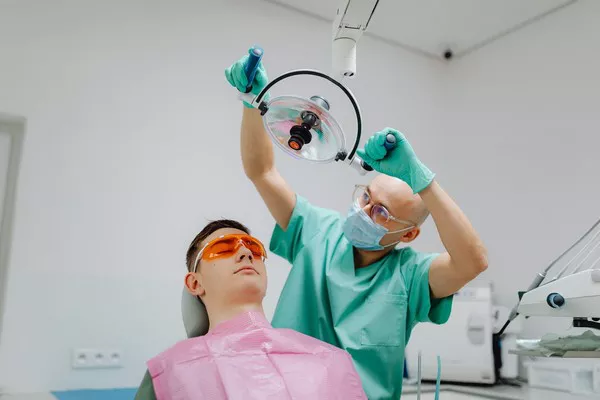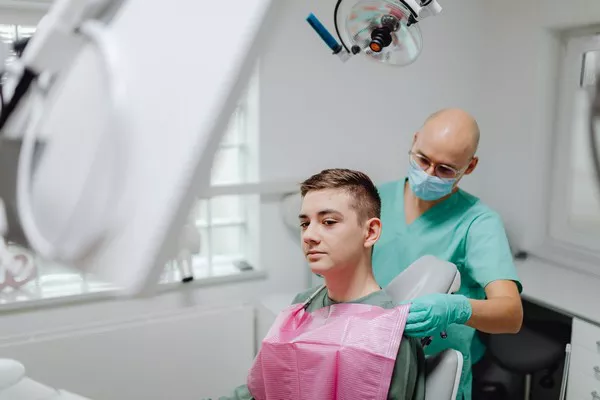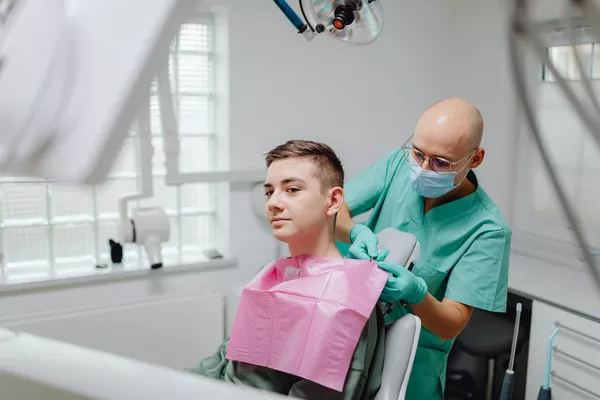Orthodontics is a specialized branch of dentistry that focuses on the diagnosis, prevention, and treatment of dental and facial irregularities. The field primarily deals with the correction of misaligned teeth, improper jaw positioning, and related issues. Orthodontic treatment aims to improve not only the appearance of an individual’s smile but also their overall dental health. This article delves into the fascinating world of orthodontics, exploring its significance, common treatment methods, benefits, and advancements in the field.
Understanding Orthodontics:
Orthodontics is derived from the Greek words “orthos,” meaning correct or straight, and “odous,” meaning tooth. Consequently, orthodontics refers to the practice of aligning teeth properly for aesthetic and functional purposes. Dentists who specialize in this field are known as orthodontists. They undergo extensive education and training beyond dental school to acquire the necessary skills to diagnose and treat various orthodontic conditions effectively.
Common Orthodontic Issues:
A wide range of orthodontic problems can affect individuals of all ages. Some common issues include:
Malocclusion: This term refers to a misalignment between the upper and lower teeth when the jaws are closed. It includes conditions such as overbite, underbite, crossbite, and open bite.
Crowding: Occurring when there is insufficient space in the dental arch to accommodate all the teeth, crowding can lead to overlapping or rotated teeth.
Spacing: Space between teeth can occur due to missing teeth or abnormally small teeth. It can result in gaps that affect the overall alignment of the dental arch.
Protrusion: When the upper front teeth project forward excessively, it is known as protrusion. This can impact both aesthetics and bite functionality.
Orthodontic Treatment Options:
Orthodontic treatments have evolved significantly over the years, providing patients with various options to address their specific concerns. Some popular treatments include:
Braces:
Traditional braces consist of metal brackets and wires that are meticulously adjusted by the orthodontist to gradually move the teeth into proper alignment.
Clear Aligners:
These transparent, removable aligners offer a discreet alternative to braces. They provide a series of custom-made trays that exert gentle pressure on the teeth to guide them into the desired position.
Retainers:
Once the active phase of orthodontic treatment is complete, retainers are used to maintain the corrected alignment of teeth. Retainers can be removable or fixed behind the teeth.
Orthognathic Surgery:
In more severe cases involving jaw misalignment or skeletal irregularities, orthognathic surgery may be recommended. This procedure involves surgical corrections to realign the jaws and improve overall function.
Benefits of Orthodontic Treatment:
Orthodontic treatment offers a multitude of benefits beyond just improving the appearance of a person’s smile:
Enhanced Dental Health:
Properly aligned teeth are easier to clean, reducing the risk of cavities, gum disease, and other oral health issues. Straight teeth also promote effective chewing and digestion.
Improved Speech:
Misaligned teeth can affect speech patterns, leading to difficulties in articulating certain sounds. Orthodontic treatment can help correct these issues and improve speech clarity.
Increased Self-Confidence:
A beautifully aligned smile can have a significant positive impact on an individual’s self-esteem and confidence. It allows people to feel more comfortable in social and professional settings.
Balanced Facial Profile:
Orthodontic treatment not only addresses dental concerns but can also enhance facial aesthetics by correcting jaw positioning and symmetry.
Advancements in Orthodontics:
The field of orthodontics continues to advance rapidly, driven by technological innovations and research. Some notable advancements include:
Digital Impressions:
Traditional dental impressions involving messy putty have been replaced by digital scanners that create accurate 3D models of patients’ teeth. This technology enhances treatment planning and reduces patient discomfort.
Computer-Aided Treatment Planning:
Orthodontists now utilize sophisticated software to simulate the desired tooth movements and develop personalized treatment plans. This enables more precise and efficient orthodontic care.
Accelerated Orthodontics:
Techniques such as low-level laser therapy and micro-osteoperforations are being incorporated to expedite tooth movement, reducing treatment duration.
Invisible Braces:
Clear aligner systems have gained popularity due to their aesthetic appeal. They offer a virtually invisible and comfortable alternative to traditional braces.
Conclusion:
Orthodontics plays a vital role in enhancing both oral health and overall well-being. With its ability to transform smiles and correct various dental irregularities, it provides individuals with improved confidence, comfort, and better dental functionality. As advancements continue to reshape the field, orthodontics promises an even brighter future, offering innovative solutions and exceptional outcomes for patients seeking optimal dental alignment.
Related Topics:




























